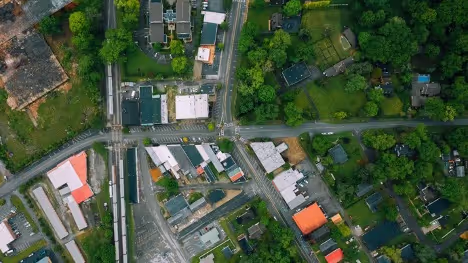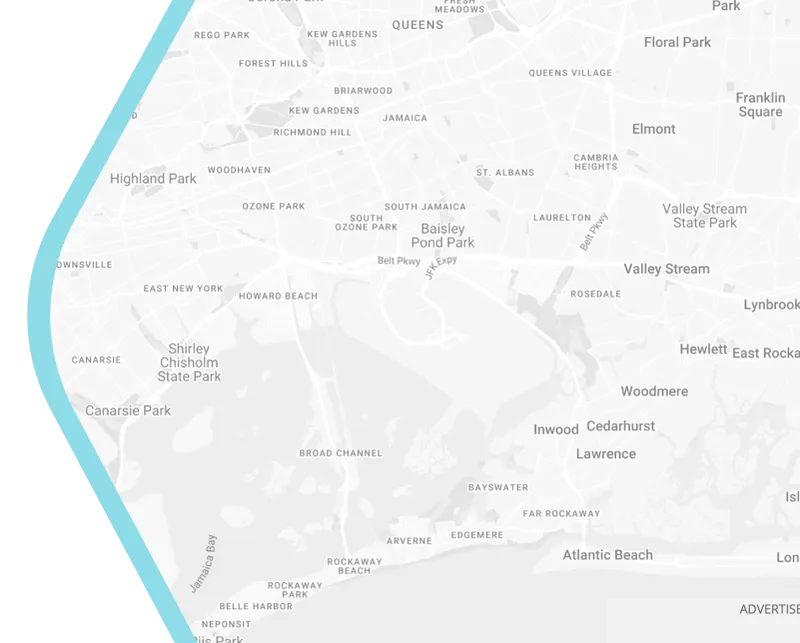
Incentives that Undermine Climate-friendly Smart City
Whether they are premeditated or unintentional by the policy makers, in the process of land use and development control, there may be regulation or procedure that deter sustainable urban development. UN Habitat listed some of the most common in zoning law and urban management practice that incentivise the unsustainable city development.































